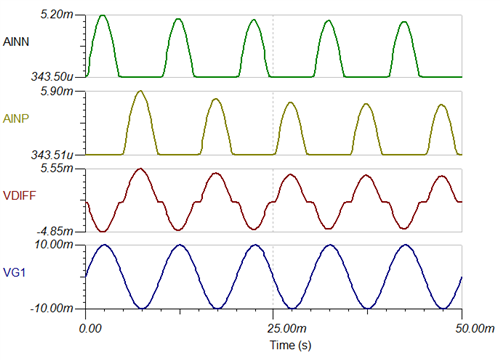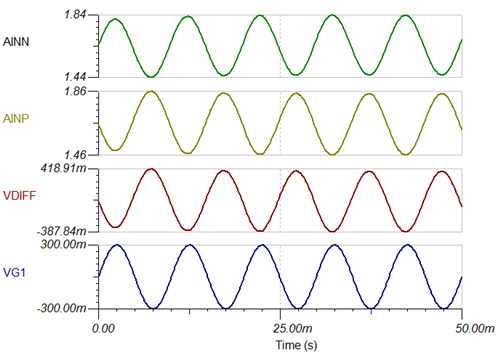i know ADS1292 is designed for ECG acquisition,but i want use it to acquire EEG signal,could this be realized?and i have designed a circuit for this ,but i don't know Whether it right or not。
-
Ask a related question
What is a related question?A related question is a question created from another question. When the related question is created, it will be automatically linked to the original question.




